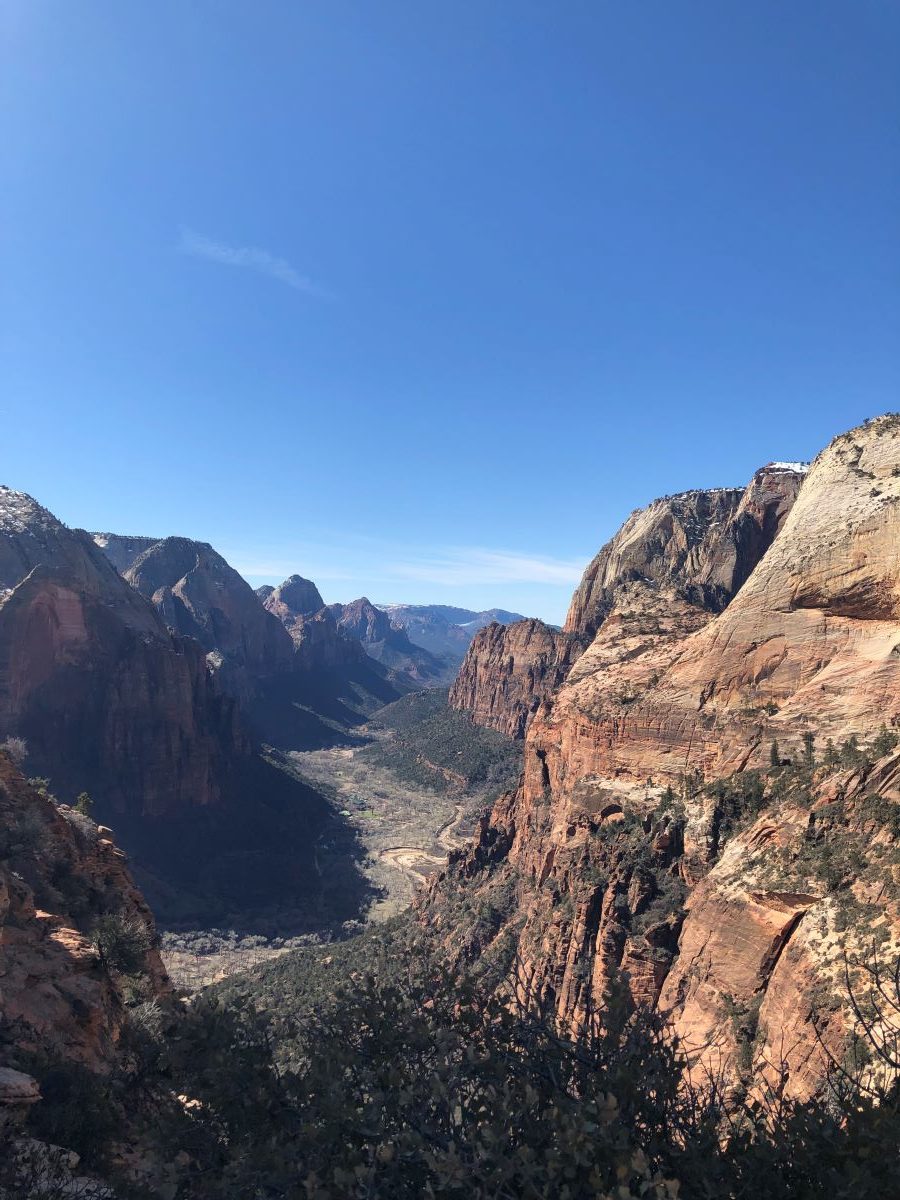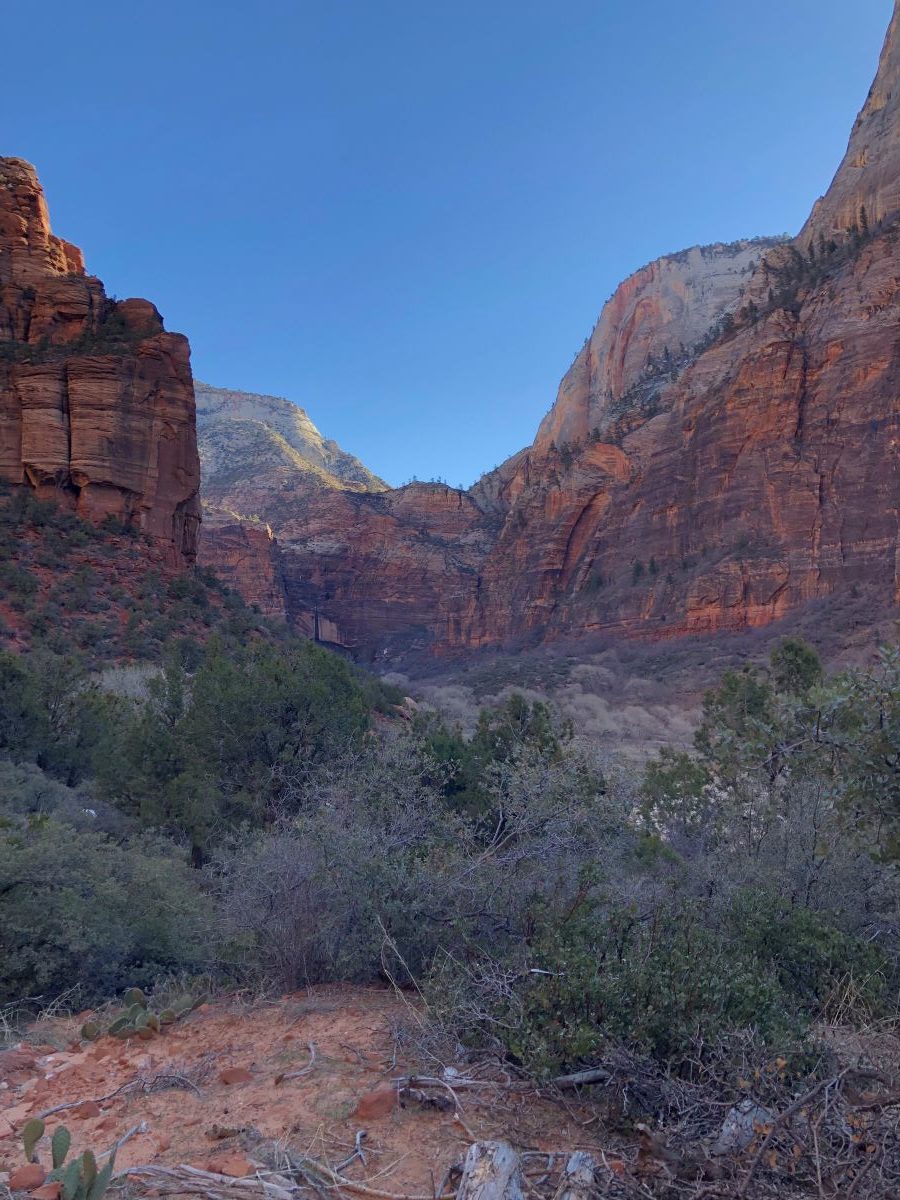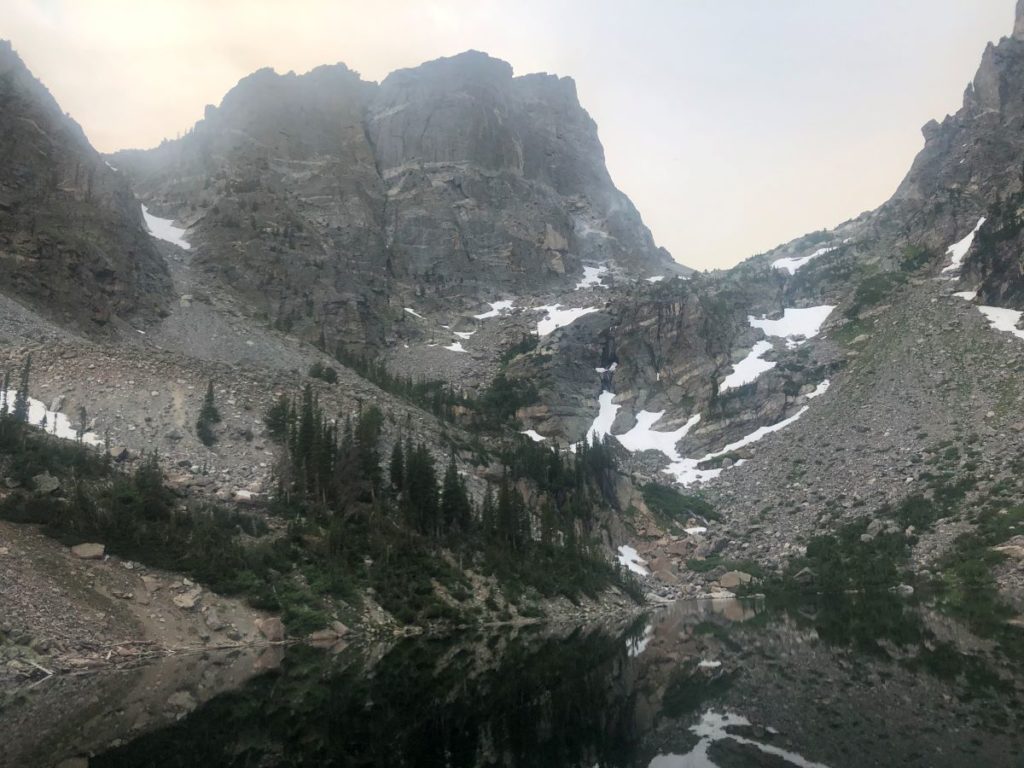This Saturday, September 26, is National Public Lands Day. National Public Lands Day is organized annually by the National Environmental Education Foundation (NEEF). The United States has more than 400 national parks, 560 wildlife refuges and almost 250 million acres of other public lands. In this blog post we’re going to talk about the different types of public lands, acknowledge the history behind where public lands came from, and provide activities for everyone to get involved!
National Parks can only be established by Congress. The first national park, Yellowstone, was established on March 1, 1872. Located across Idaho, Wyoming, and Montana, Yellowstone spans almost 3,500 acres! The park is managed by the National Parks Service, as are all National Parks.
This Saturday only, ALL national parks in the United States will have no entrance fee of any kind. NEEF has virtual events and activities throughout this week, click here to learn more and sign up.
National Wildlife Refuges on the other hand are managed by the Fish and Wildlife Service. The first wildlife refuge, Pelican Island, was

Zion National Park, Credit: Carmen Bachofen
established in 1903 by Theodore Roosevelt. Wildlife refuges protect wildlife but also allow for recreational activities such as hiking, hunting, fishing, canoeing, and kayaking. Every state has at least one wildlife refuge, and almost all are within an hour drive of most major cities.
There are also National Conservation Areas, National Monuments, Wilderness areas, National Historic Sites, and more! Read more about the different types of public lands here.
While the United States manages these areas, it is also important to acknowledge and remember that much of the land managed by the National Parks Service was taken from Native Americans. Estes Park, Grand Lake, and the surrounding areas were frequented by the Ute and Arapaho people. The Ute people left many lasting impressions on the land including the Ute Trail. The Ute Trail has sections from the Alpine Visitor Center of Rocky Mountain National Park down to Milner Pass near Poudre Lake. This trail was used by the Ute and Arapaho people to travel from the primary hunting grounds on the Great Plains. Read more about the history of the Ute people on the Southern Ute Tribe’s website here.
The Southern Ute Tribe’s headquarters are now in Ignacio, Colorado, while the Northern Ute Tribe and Ute Mountain Ute Tribe are headquartered elsewhere is Colorado and Utah. The Southern Ute Tribe holds cultural events throughout the year and partners with Fort Lewis College and Colorado History on a variety of projects. Visit the Southern Ute Tribe’s website for current events and news.
Colorado State University and Warner College of Natural Resources have recognized the need to honor and acknowledge the indigenous peoples who inhabited the land on which the CSU campus now sits with a Land Acknowledgement statement. Read CSU’s Land Acknowledgement and learn more about the importance of these statements here.
We can all recognize and honor the history of the lands where we choose to recreate. A land acknowledgement honors the people and history of a place. Check out these tips to perform your own land acknowledgement.

Zion National Park, Credit: Carmen Bachofen


